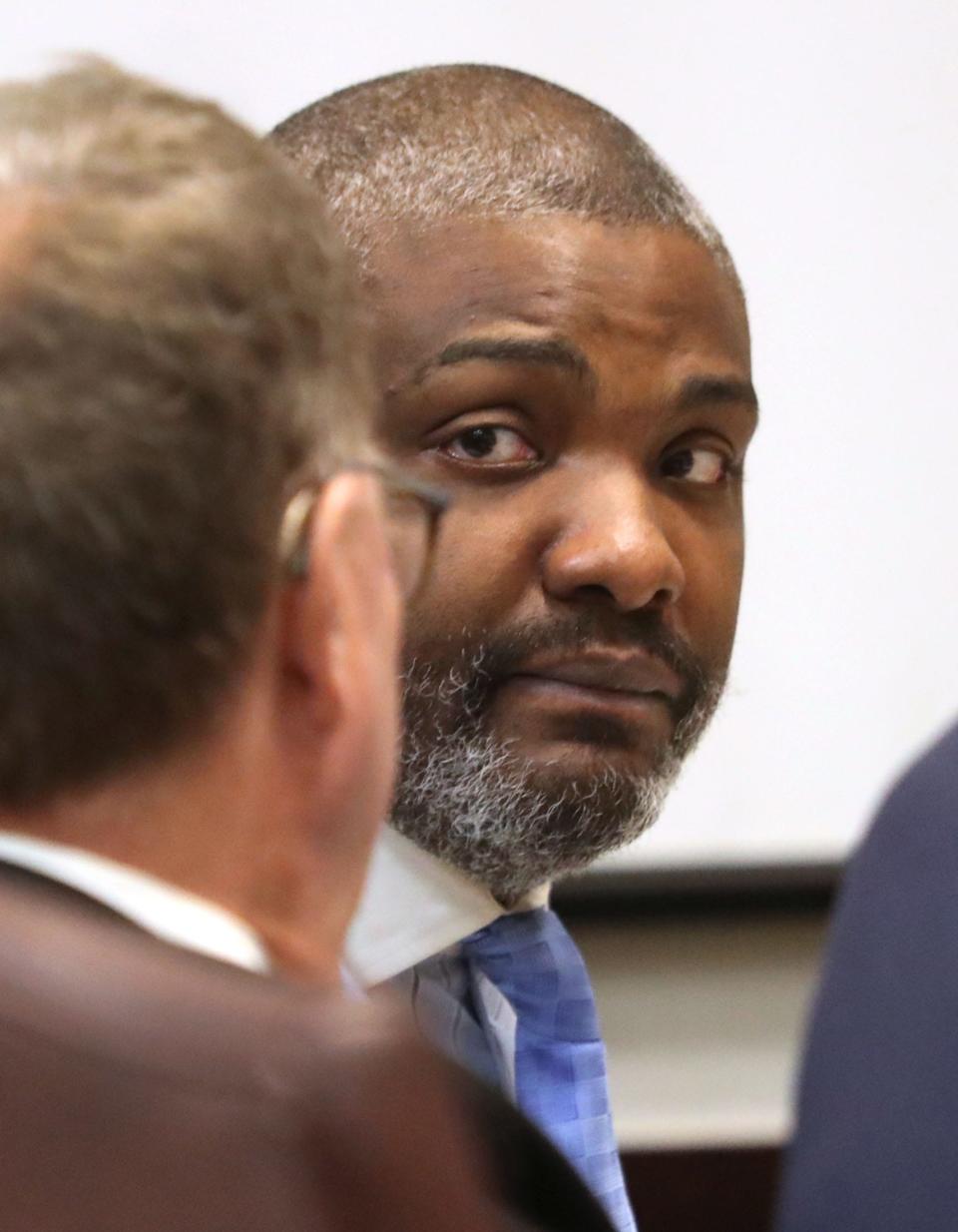Daytona Beach serial killer subject of new episode of streaming true crime documentary
Convicted Daytona Beach serial killer Robert Hayes will be the focus of a new episode of the streaming true crime documentary series “Hometown Tragedy.”
The documentary series, is available to stream by downloading the free Very Local app, which offers a mix of local news and original programming.
On the website, “Hometown Tragedy” is promoted as a series that invites viewers to “experience the human condition explored like never before,” through episodes that revolve around cases involving domestic disputes, missing persons and cold-blooded killers.

Some of the cases, such as the Daytona Beach serial killer, have been solved, while others involve suspects still at large.
Who is the Daytona Beach Serial Killer?
Robert Hayes, at age 39, was convicted in February 2022 of three counts of first-degree premeditated murder in the killings of Laquetta Gunther, Julie Green and Iwana Patton in 2005 and 2006. The three women had engaged in prostitution along Ridgewood Avenue in Daytona Beach.
He was sentenced to three life terms without parole.
Each of the victims was found nude, face down and shot in the head.
Gunther, 45, whose nude body was found on Christmas Day 2005, was wedged between two buildings on Beach Street. She was face down in the garbage-strewn alley. She had been shot in the back of the head.
Green, 35, whose nude body was found on Jan. 14, 2006, was discovered on the edge of a construction zone at what is now the Bayberry Lakes subdivision off LPGA Boulevard. She had been shot in the back of the head.
Patton, 35, whose nude body was found on Feb. 24, 2006, was discovered near Mason and Williamson avenues. At the time, it was a wooded, undeveloped area, but now it is an entrance to the Daytona Beach Police Department's headquarters. She had been shot in the face.
Why did the cases take so long to be solved?
The cases went cold until the body of another woman, Rachel Bey, 32, was found in Palm Beach County in 2016. She had also engaged in prostitution. Her body was also naked. The method of murder was different. She had been strangled. But the DNA evidence was the same as that in two of the Daytona Beach cases.
Investigators turned to genetic genealogy in which they search for someone who may be a relative of the killer. That led them to Hayes' half-sister and ultimately to Hayes.
Bey’s nude body was found on March 7, 2016, just off the Bee Line Highway, about a mile north of Indian Town Road in Palm Beach County. She also was face down in the dirt. No clothing or identification was found near her.
Documentary focuses on search for killer, stories of the victims
Based on a preview, the documentary offers insight into the lives of the victims as well as the cold-case search for the killer.
In the preview, Gunther’s mother, Barbara Rurak, describes her daughter as “very smart and very outgoing,” but also acknowledges that she disagreed with some of her daughter’s lifestyle decisions.
“It’s not something you believe,” Rurak said of her daughter’s murder. “Nobody deserves that.”
This article originally appeared on The Daytona Beach News-Journal: Daytona Beach serial killer case to be covered in true crime doc

